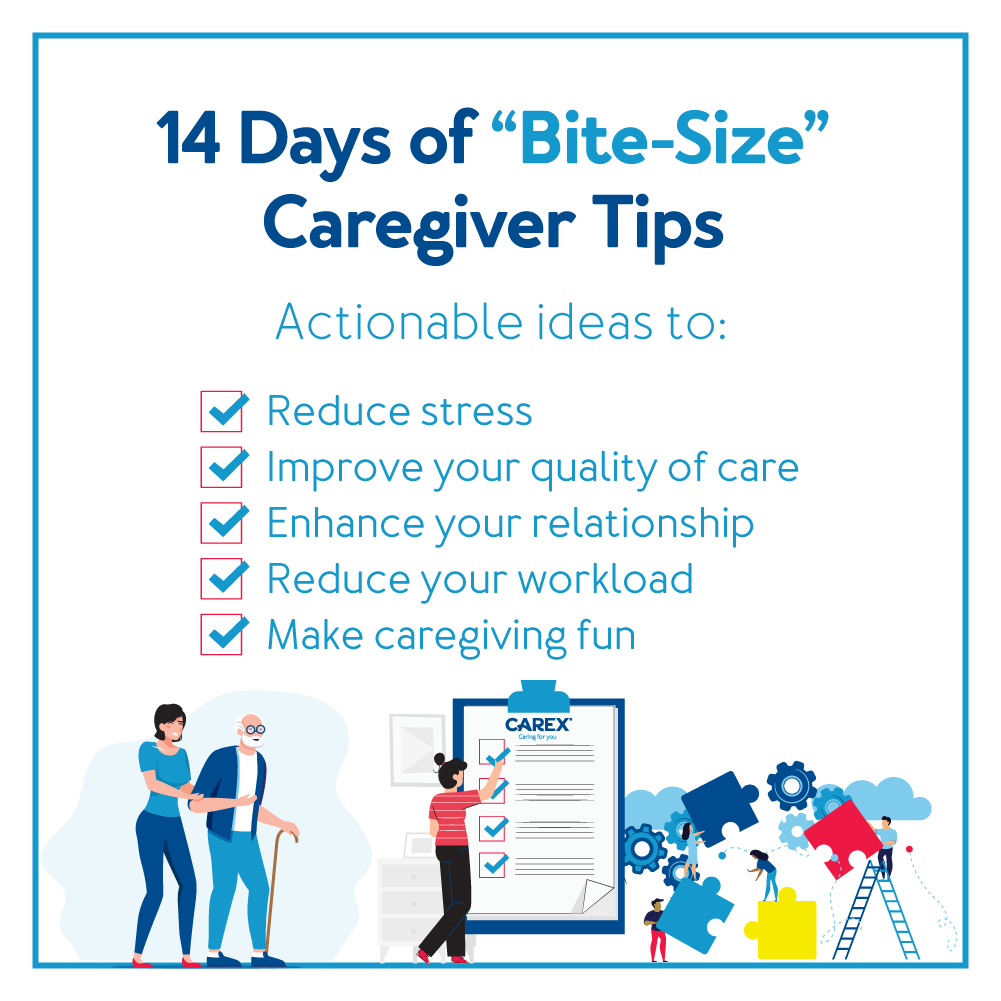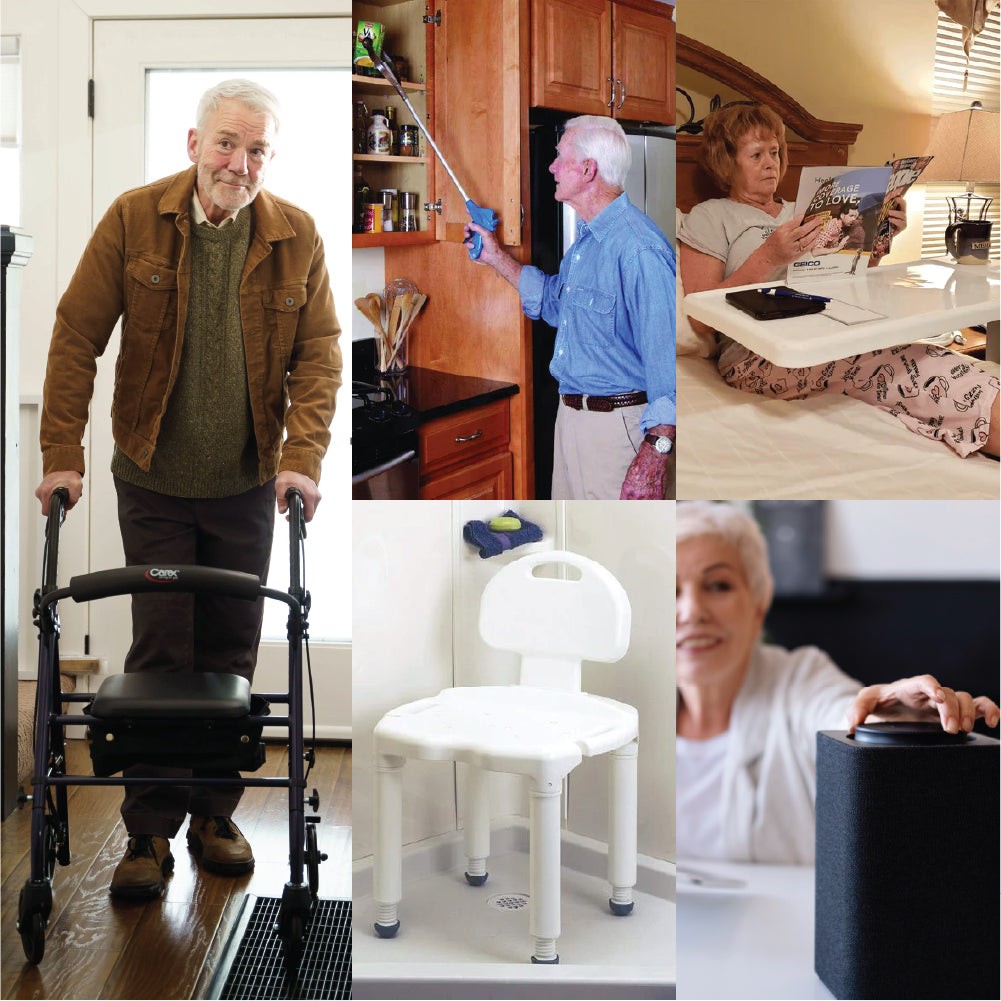LUX vs. Lumens: Finding the Proper Lighting
Finding the proper lighting for a project can be tricky. Manipulating light can, at times, be a challenging subject to comprehend. Many variables go into how light is projected and how it hits a surface. The two primary variables in the massive umbrella of lighting would be lux vs. lumens.
What does LUX Mean?
Lux is the measurement of how much light is hitting a surface. Opposite to that, Lumens is how much light is being emitted in each direction.
The closer a light is to a particular surface, the amount of light hitting it will appear to increase. If the light is moved further away from a surface, an opposite effect will occur. These measurements are essential because of how much the knowledgeable manipulation of light will affect a project.
For example, with direct sunlight, an object is exposed to 110,000 lux on a clear day. The closer that object gets towards the sun, the more lux the thing is being exposed to. The sun isn't increasing its power source, but as light leaves, its energy decreases. Inversely, the number of lumens the sun lets off never changes because lumens aren't about the contact of light with an object.
Why do Lux and Lumen Get Compared?
The two terms are both units of measurement for light and its produced; however, they measure different things. Their practical uses carry other distinctions. Lumens have nothing to do with how much light hits a surface; it talks about the space a light covers. Lux is about the area being hit by the light and how much it is being touched.
This distinction is important because it changes how we protect ourselves from the sun and paint areas with light. Lux is all about exposure rates. However, to answer a question often asked on the topic, 10,000 lux is equivalent to one lumen when a surface area of a one-meter square is hit perpendicularly by a light source.
Ideal LUX Lighting
The ideal lux needed for a lighting project tends to fluctuate depending on the audience and venue. Indoor projects will want lower levels that don't affect the human eye, somewhere around 200-500 lux. Outdoor lighting and technical lighting are going to need the light to cover more surface area. Outdoor is where the decision between lux versus lumens becomes more critical.
Lux home lighting tends to be more controlled and at lower levels. Dimmers use wattage to control the amount of lux. In darker residential areas or rooms with more extensive square footage, it is recommended to increase the lux. Here are some recommended lux levels for some residential regions:
- Living rooms: 30 lux
- Bedrooms: 50 lux
- Kitchen: 100 lux
- Dining Room: 150-200 lux
- Bathrooms: 200-300 lux
- Hallways: Under 100 lux
- Garage: 500-1000 lux
These examples are ranges that most rooms adhere to. If it is too bright or not bright enough, feel free to manipulate it. Some projects require different lights to give off a look that is desired.
Most outdoor lights will require less lux when activated at night because less light competes with the source. During the day, more lux will be necessary to penetrate through the other competing sources.
Lux Benefits
Light therapy has been proven to have a massive effect in positively altering the chemicals in the brain. Sadly, the lux lighting recommended for use indoors is nowhere near the amount of lux needed to have a natural effect on the brain. For years doctors have been studying which is a better source for this chemical effect, lux or lumens. Finally, lux was decided as the most accessible measurement to obtain in a fixed style.
It is recommended that sitting in 10,000 lux for fifteen to thirty minutes a day will chemically alter the brain positively. The primary treatment this therapy is used for is sunlight deficiency or depression. The sun emits 111,000 on a clear day, which would be way too much lux; however, if sitting in the shade, around 20,000 lux would be received on a clear day. This makes reading a book under a tree on a clear day the perfect mid-day break.
Benefits of Light Therapy:
- Combats wrinkles
- Increases cell regeneration
- Eliminates terrible bacteria on the skin
- Whitens teeth
- Soothes skin
- Evens skin complexion
- Reduces redness on the skin
- Promotes radiant skin
Conclusion
Lux and lumens are both types of measurements and are not meant for comparison; however, looking at both measurements will help find an accurate reading of whatever project is being worked on.
The ability to read lux helps determine the effects of light on the skin and how it affects surfaces. This allows for the comprehension of information involving the natural world and how light affects it. Through this knowledge, the manipulation of light becomes more accessible, making it work for us.
Additional Light REsources
About the Author

Brandon Landgraf is the Digital Marketing Manager for Carex Health Brands. He finds passion and fulfillment in creating content that enhances, improves, and enlivens others' quality of life. All of his written work is formulated to not only offer essential advice and tips but back it with proven studies and experts. His mission is to connect with readers and provide steps to make their lives better.
You can connect with him on LinkedIn here.
About Carex Health Brands
Carex is your one-stop shop for home medical equipment and for products that assist caregivers with providing the best possible support and care for their loved ones. Carex Health Brands has been the branded leader in in-home, self-care medical products for over 35 years. Our goal is to improve the lives of our customers by bring them quality products that bring dignity back to their lives. With our three nationally distributed brands, Carex Health Brands serves national, regional and independent food, drug and mass retailers along with wholesalers, distributors and medical dealers.
related posts
14 Days of Bite Size Caregiver Tips
Caregiving is by far one of the most challenging roles to be in. It's filled with hectic schedules, periods of adjustment, feelings of overwhelm, and so much more. And while guides to help, they can induce feelings of information overload. With this in mind, we've created our email series "14 Days of Bite-Size Caregiver Tips." You'll receive 14 daily emails with an actionable tip you can use to make your role more manageable. Each tip has no "fluff" and can be implemented the same day.
65 Aging in Place Products: A Comprehensive List
The right product can make aging in place much more manageable. This article covers 65 of the best types of products to make aging in place easier.
How to Alternate Hot and Cold Therapy
If you are combatting an injury and looking for treatment options, temperature therapy is likely on your radar. However, many newbies to these therapy options are unsure of what to do. Excessive heat or cold can slow the healing process!There is a low-cost, low-risk treatment for pain relief that you can do at home. Contrast therapy centers around the idea of using both heat and cold on an injury to treat pain – in an alternation. Please reference this guide on how to alternate hot and cold therapy for an injury to ensure your success.
How to Sleep with Hip Pain at Night
Is hip pain disturbing your sleep? Learn everything you need to know to alleviate hip pain, prevent it from coming back, and sleep better.









